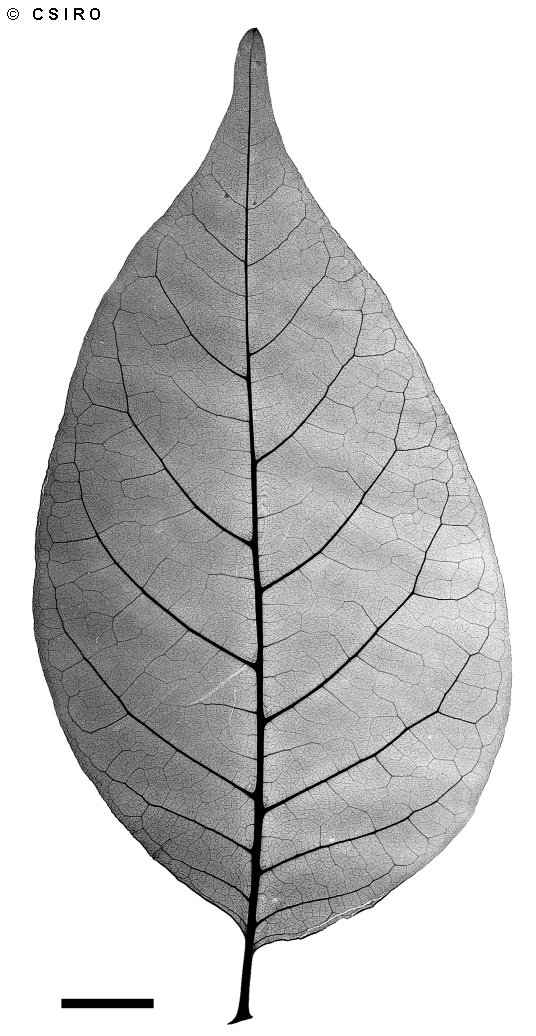Australian Tropical Rainforest Plants - Online edition
Chukrasia tabularis A.Juss.



Jussieu, A.H.L. de (1830) Mem. Mus. Par. 19: 251. Type: India; Malaya.
White Cedar; Mahogany, East Indian; Indian Red Wood; East Indian Mahogany; Chittagong Wood; Chickrassia; Bastard Cedar; Cedar, White; Cedar, Bastard
Deciduous; leafless for a period in the dry season.
Domatia are tufts of hair. Lateral leaflets unequal-sided (oblique) at the base. Compound leaf axis puberulent at least when young but not winged. Numerous pale brown circular or slightly elongated lenticels visible on the twigs. Leaflet blades about 10-17.5 x 3.5-6.5 cm.
Fruits quite large, up to 4 x 3.5 cm. Seeds winged at one end.
Cotyledons obovate, about 12-15 x 7-11 mm. First pair of leaves pinnate and lobed. At the tenth leaf stage: upper surface of leaflet blades, leaflet stalks and main axis of compound leaf, hairy; domatia occur as small tufts of hairs. Seed germination time 11 days.
Occurs in NEQ. An aggressive introduced species which produces large seed crops and large crops of seedlings which tend to form pure stands in disturbed rain forest. Originally from the India-SE Asia region, it has become naturalised on parts of the Atherton Tableland particularly where it was established in plantations, e.g. Gadgarra and Wongabel. Grows in rain forest and rain forest regrowth at elevations around 650-750 m.





